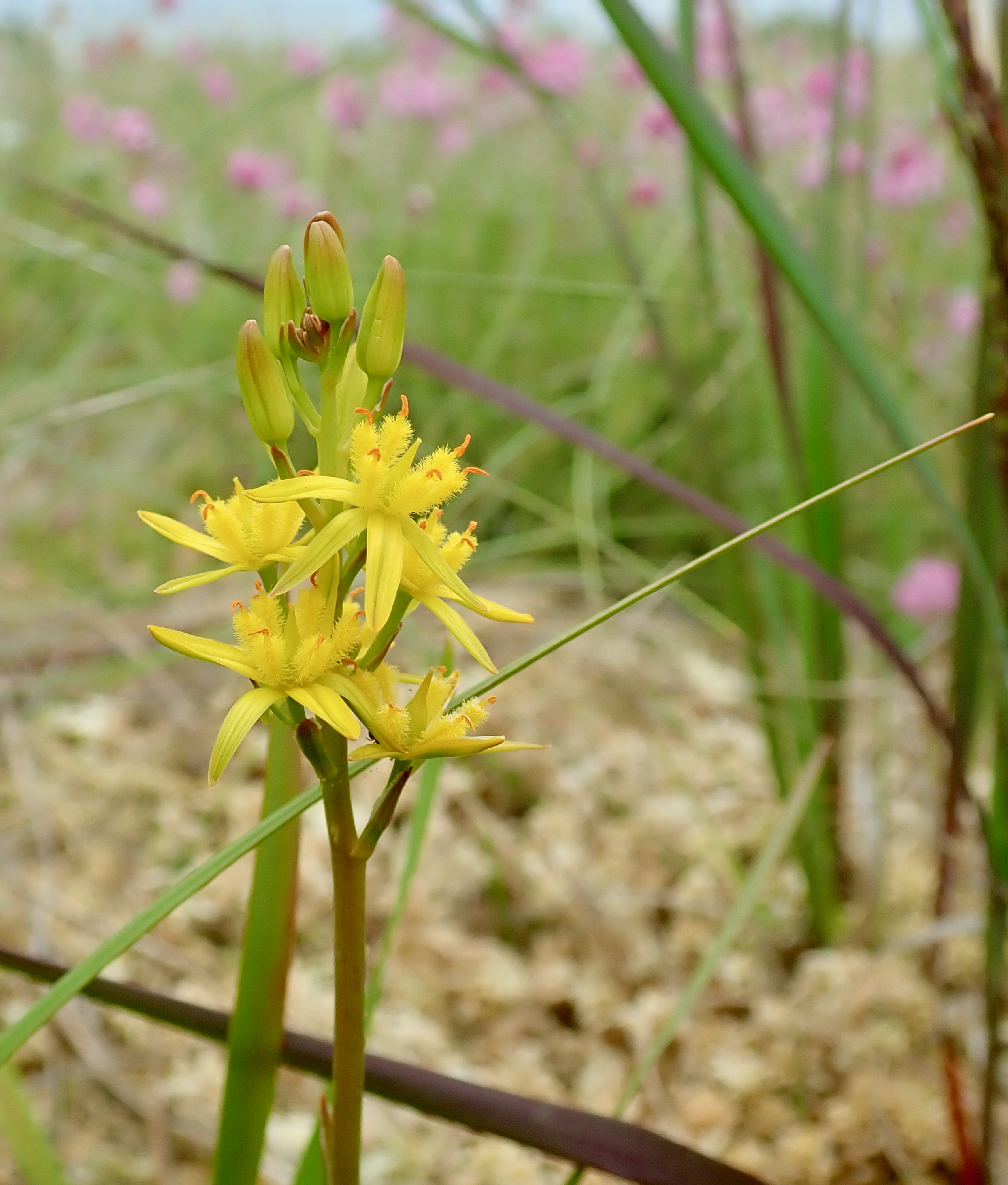Author Andrew Osborne describe his team’s study exploring the ecology of a peatland-specialist butterfly to ensure their successful reintroduction following the threat of severe habitat loss and degradation.
A landscape scale peatland restoration project is being undertaken on Chat Moss, Greater Manchester, UK, with conservation translocations an important component of the work.
Our study was undertaken to support a species reintroduction of the large heath butterfly, Coenonympha tullia ssp. davus – a peatland specialist requiring good quality lowland raised bog habitat. Quantifying the butterfly’s lifecycle habitat resource requirements informed the eventual choice of reintroduction site onto Astley Moss nature reserve (SSSI).
The story of the ‘Manchester Argus’
The natural history of C. tullia on the Manchester mosslands has been driven by anthropogenic factors; industrialisation and now ecological restoration. Originally named the ‘Manchester Argus’, the butterfly’s historical presence was recorded and illustrated by Lewin in his 1795 book ‘The Papilios of Great Britain’.
By the early 1800s the industrial revolution was underway, and Manchester’s mosslands were being drained and the peat cut. The landscape was changed beyond recognition with habitat destruction resulting in the loss of numerous species, including the Argus. Stephenson’s Liverpool and Manchester Railway, a massive civil engineering project at the time, was floated across Chat Moss in 1829 – the line is still in service today, forming the southern boundary of Astley Moss nature reserve.
Chat Moss is now the site of a landscape scale project to restore numerous patches of peatland which remain capable of ecosystem restoration, with the possibility of creating a Super National Nature Reserve under discussion.

C. tullia’s habitat resources have been well described by previous authors; a dense cover of hare’s-tail cottongrass tussocks, Eriophorum vaginatum (the larval food source and overwintering habitat niche), and cross-leaved heath, Erica tetralix (a perfectly timed nectar supply). Our question – given that we were constrained by time, personnel, funding and limited supply of plug plants from specialist growers – was to understand when potential reintroduction sites would be sufficiently restored to safely support a translocated C. tullia population.
Our study
In our study, we surveyed 13 peatland habitat patches, with either recent historic or current C. tullia populations, across the davus subspecies’ range in lowland areas of northwest England.
Our data confirmed that the percentage cover of cross-leaved heath and hare’s-tail cottongrass were the strongest predictors of C. tullia presence, with the number and size of hare’s-tail tussocks being weaker predictors.

We used logistic, or ‘dose-response’ curves to identify critical thresholds for the abundance of these habitat resources; the minimum requirements for C. tullia population survival (at the midpoint of the logistic curve) and the ‘near-optimal’ abundance (at the upper inflection point of the logistic curve).
We estimated that percentage covers of 11% cross-leaved heath and 57% hare’s-tail cottongrass were ‘near optimal’. Investing more time, effort and materials beyond these levels would yield a diminishing return in terms of benefit to the reintroduced population.
The return of the ‘Argus’
Under the management of the Greater Manchester Wetlands Partnership, the first phase of the release went ahead in May 2020, fortunately coinciding with the end of the first wave of COVID-19 and the relaxation of lockdown restrictions. The return of the Manchester Argus, after an absence of about 150 years, gained significant media attention, confirming the butterfly’s role as a flagship species for peatland restoration – possibly something of more general interest than the important (but drier) subject of peatland carbon, sequestration and storage.

The second phased release has gone ahead this year, with further translocations planned over the next one to two years.
The release population was found to be colonial with most flights recorded within 50-80m of the release point – a common behaviour for butterflies with a specialist larval foodplant and habitat niche. Our small population is growing, with three times the number of flights recorded this year than in 2021 – even before augmentation with the second release. There are occasional, but increasingly frequent, sightings up to 600m from the release area confirming the butterfly’s potential to disperse between patches of suitable habitat across the reserve.

Our release population appears to be establishing well, although long term viability has yet to be proven. Ongoing habitat restoration work is focussed on adding cross-leaved heath plug plants around existing patches of hare’s-tail cottongrass in order to provide a network of habitat islands across the reserve, which should sit well with C. tullia‘s colony forming nature.
Read the full article: “Bringing back the Manchester Argus Coenonympha tullia ssp. davus (Fabricius, 1777): Quantifying the habitat resource requirements to inform the successful reintroduction of a specialist peatland butterfly” in Issue 3:2 of Ecological Solutions and Evidence.
